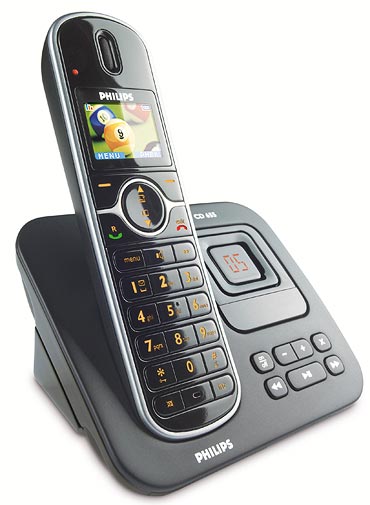
We asked Get Ahead readers to send us their gyaan -- tips, reviews, first-hand experience of playing a game or using a mobile, useful tech tips et al -- on gadgets and gaming and promised them to publish the best right here on Rediff.com.
Today we will publish interesting tips on buying cordless phones for your home contributed by our reader Vijay Padiyar, a software engineer and regular blogger.
Earlier, Anand Parekh and Akhilesh Vind wrote about How to check if a game will run on your PC.
Choosing the right cordless phone for your home can be just about as difficult as choosing the right mobile phone for yourself. There are a multitude of options available, each with their own set of features.
And if that wasn't confusing enough, different cordless phones today work on several different frequencies as well. Therefore, one has to keep in mind the operating environment and choose a phone with the right features in order to get the best possible performance and voice quality.
Click NEXT to get a low-down on the points to consider when choosing the right cordless phone for your home.
Check out: The all new Gadgets and Gaming page
Reader invite
Are you a gadget/gaming wizard? Would you like to write on gadgets, gaming, the Internet, software technologies, OSs and the works for us? Send us a sample of your writing to gadgetsandgaming@rediffmail.com with the subject as 'I'm a tech wizard' and we will get in touch with you.
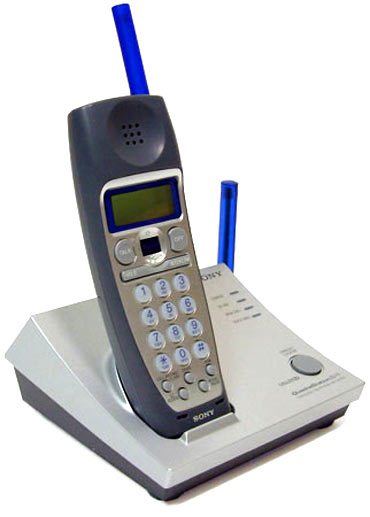
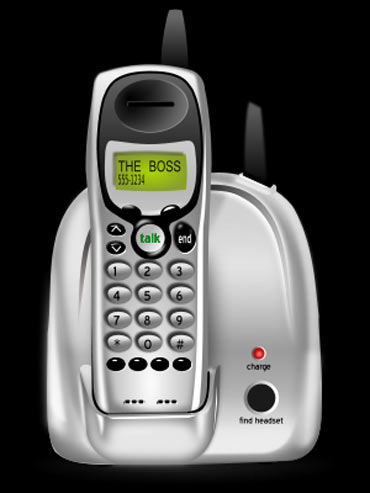

The second-generation cordless phones use the 2.4 GHz band. This band offers improved voice clarity due to reduced interference. However, the higher frequency signals do not propagate through walls and solid barriers as well as 900 MHz signals do.
Another major problem with this band is that Wi-Fi routers and Bluetooth devices, both of which are becoming more and more common by the day, also use it. So if you have a Wi-Fi router in your home, it is strongly recommended that you do not buy a 2.4 GHz cordless phone.
To avoid interference from Wi-Fi and Bluetooth devices, a new band at 5.8 GHz was opened up. This band is used by the third generation cordless phones, offering better voice clarity than even 2.4 GHz phones, and has the advantage of being in a largely unused frequency band.
The downside is a slightly reduced battery life and marginally poorer performance in the presence of walls and indoor obstacles.

The latest technology to do the rounds is DECT 6.0, which stands for 'Digital Enhanced Cordless Telecommunications'.
This technology uses the 1.9 GHz frequency band which is reserved solely for cordless phones and is therefore completely interference-free.
Also, this band gives the best of both worlds. It has the longer range of 900 MHz phones, as well as the superior voice clarity of 2.4/5.8 GHz phones.
Thirdly, by using Spread Spectrum technology, it eliminates chances of interference from other DECT 6.0 phones as well as providing protection against eavesdropping.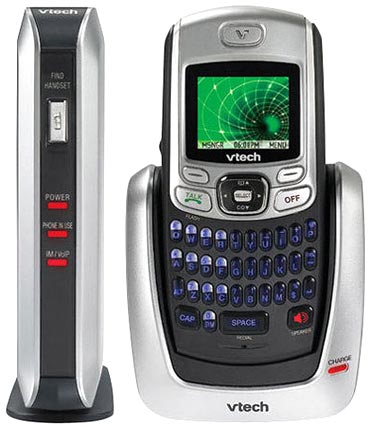
Here's a list of some features that are potentially useful in a cordless phone:
Caller ID
Probably the most useful feature in any phone! It is strongly recommended to go for a cordless phone with Caller ID support. But do confirm first that your telephone connection supports it. BSNL/MTNL provide the Caller Identification facility for free, and Airtel provides it for free with select tariff plans.
Phone book
Gives you the ability to store numbers on your cordless phone, just as you would on your mobile phone. This saves time when calling frequently dialed numbers.
Speakerphone
Allows you to free your hands when talking on the phone, and lets others listen to the conversation as well. Great for families. And useful if you're attending a meeting or an important call, and need to work on a laptop or other device simultaneously.
Multiple handsets
This can be useful in a large house, or a house with multiple floors, as it eliminates the need to provide physical extensions across the house. Also, the multiple handsets allow the phone to be used as an intercom within the house.
Base Unit battery backup
Can be really useful if you use your cordless phone to attend meetings or important calls. Without battery backup for the base unit, an ongoing call will be dropped the moment the electricity goes off. Given the power situation in India, it makes sense to have this feature for a business phone.
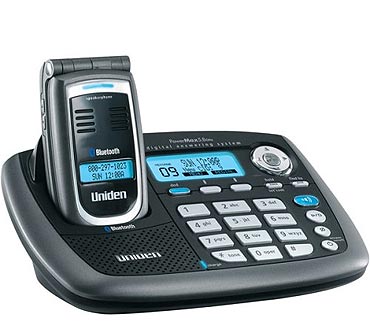
1. Digital phones are clearly superior to analog phones in every possible aspect. Unfortunately, it is very easy to mistake an analog phone for a digital one.
For example, a commonly sold phone -- the Panasonic KX-TC2100 -- is actually an analog phone! So, when buying a phone, make sure to ask the shopkeeper clearly for a digital phone.
2. Choose a phone with the right mix of features for you. There is a wide range of cordless phones out there, ranging from rudimentary home phones to advanced phones with business features like Call Waiting, Voice Mail, additional phone lines, multiple handsets, etc.
3. Battery life of the handset is very important for a good user experience. A longer battery life truly turns the cordless phone into a short-range mobile phone. The best battery available today (in terms of longevity and performance) is Li-Ion, followed by NiMH.
Always remember to check the battery type used before purchasing a cordless phone. Also do not forget to check the talk time and standby time specs.
To extend the life of the battery, avoid placing the handset back on the cradle every time after making a call. Do it only when the low battery indicator flashes on the handset. This will reduce unnecessary recharging of the battery.
As you can see from the table below, DECT 6.0 phones are ideal for most scenarios. Use this table to select the right cordless frequency for your specific needs.
